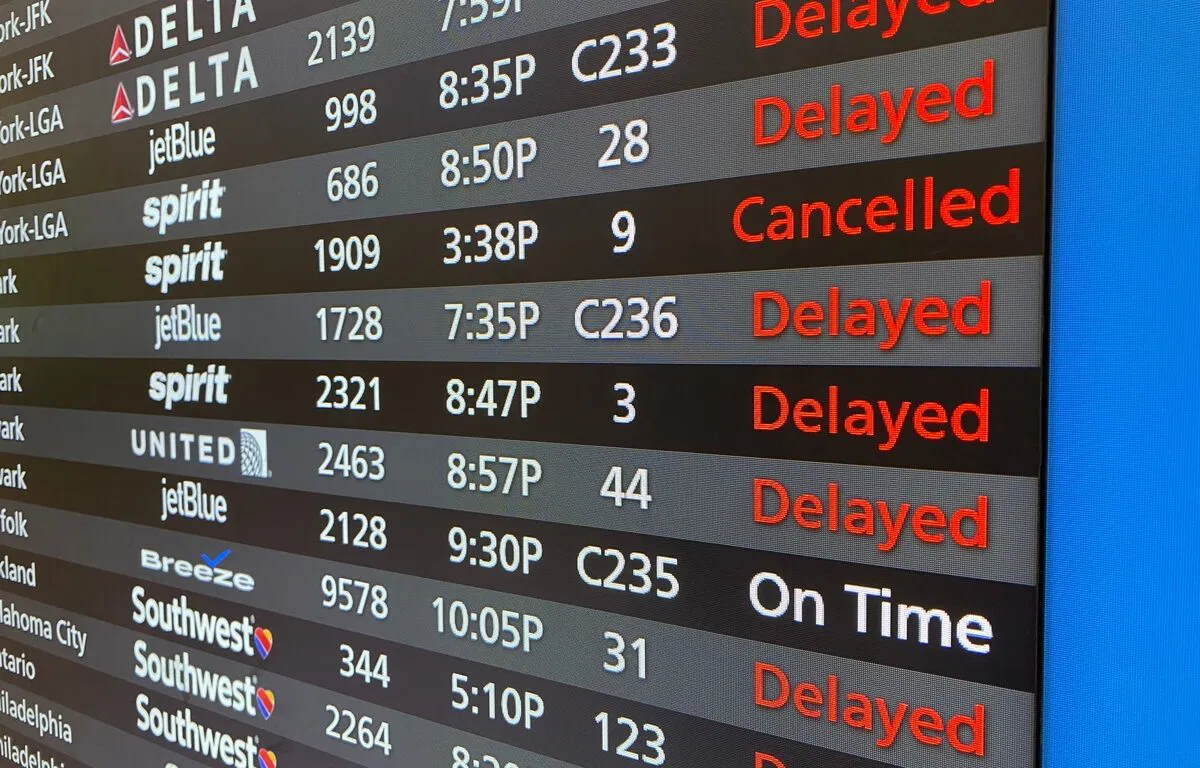Copyright euroweeklynews

The ongoing US federal government shutdown, now the longest in history and in its 38th day as of November 7, has caused the Federal Aviation Administration (FAA) to implement mandatory capacity reductions at 40 high-traffic US airports, provoking major global implications for international flights. While the FAA’s emergency order exempts international flights from required cuts, disruptions at major US hubs are creating ripple effects and thousands of flight cancellations that have a knock-on effect far beyond American borders, affecting connecting services, transatlantic routes, and global airline schedules. Shutdown cancelling flights in US beginning now According to the official FAA announcement, a phased 4 per cent reduction begins November 7, escalating to 10 per cent by November 14 at airports including key international gateways like John F. Kennedy (JFK), Los Angeles International (LAX), and Hartsfield-Jackson Atlanta (ATL). “The order does not require a reduction in international flights. Carriers may use their own discretion to decide which flights are cancelled to reach the order’s goal,” the FAA stated, who explained that decisions are data-driven to maintain safety during air traffic controller shortages. However, airlines often put protecting long-haul international operations first by cancelling domestic feeders, leading to missed connections for passengers arriving from or departing to Europe, Asia, Latin America, and beyond. Government shutdown and flight cancellations knock-on effect The hub disruptions are now causing cascading delays in global airspace. For instance, reduced capacity at US entry points forces ground holds and rerouting for inbound international aircraft, impacting schedules at foreign airports. The US Department of Transportation (DOT) stresses that safety-critical staffing levels have increased, with controllers working unpaid for weeks, worsening pre-existing shortages. Official FAA data shows controllers have faced increasing absences, prompting proactive measures to prevent unsafe conditions that could affect oceanic and international airspace management. Shutdown leads to risk in air traffic control safety “This shutdown has real consequences for these hard-working American patriots,” said Nick Daniels, president of the National Air Traffic Controllers Association (NATCA). “With each passing day, controllers become more distracted by the risk of receiving a zero-dollar paycheck… despite working 40 hours per week and, in many cases, mandatory overtime due to the controller staffing shortage.” Sara Nelson, President of the Association of Flight Attendants-CWA (representing 55,000 at 20 airlines): “Safety is not a political game. The only way aviation keeps moving during a shutdown is because air traffic controllers and TSA officers come to work without getting paid, while everyone who supports their work for our safety and security is sent home without pay.” Globally, the International Air Transport Association (IATA) has said in past analyses that even short US shutdowns reduce network efficiency, leading to longer wait times and propagated delays worldwide. Although no new 2025-specific IATA statement has been issued, historical impacts reveal risks to international carriers relying on US hubs for 30-40 per cent of their transcontinental traffic. The FAA’s National Airspace System dashboard provides real-time monitoring, revealing how US bottlenecks spill over into international routes. Experts warn recovery could take weeks once the shutdown is over, disrupting holiday travel and global supply chains. For the latest official updates, visit: FAA Emergency Order. DOT Shutdown Status. FAA NAS Status. Travellers on international flights should check airline waivers and monitor for knock-on delays, as the shutdown’s effects continue to ripple across the world’s aviation network.



